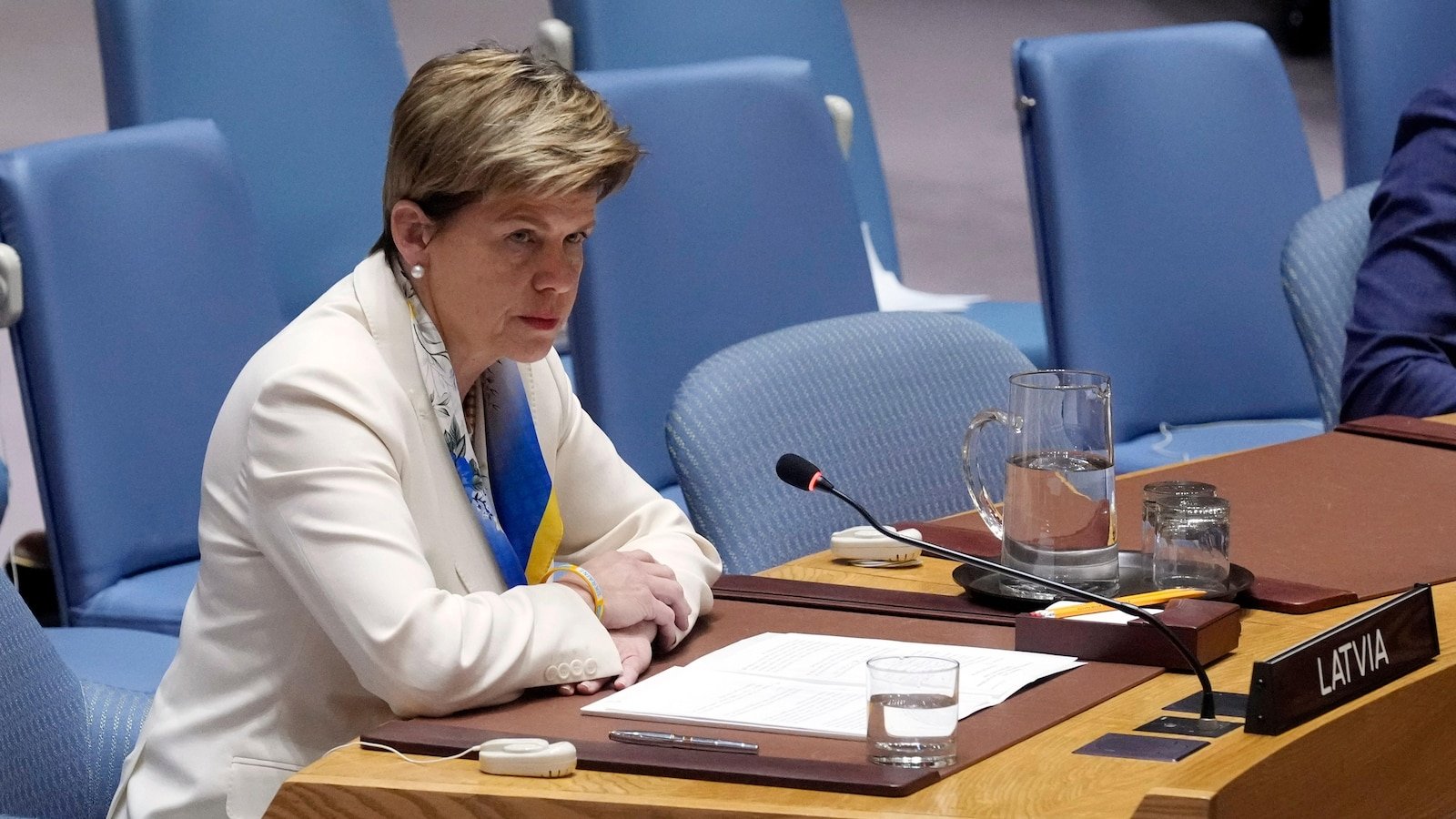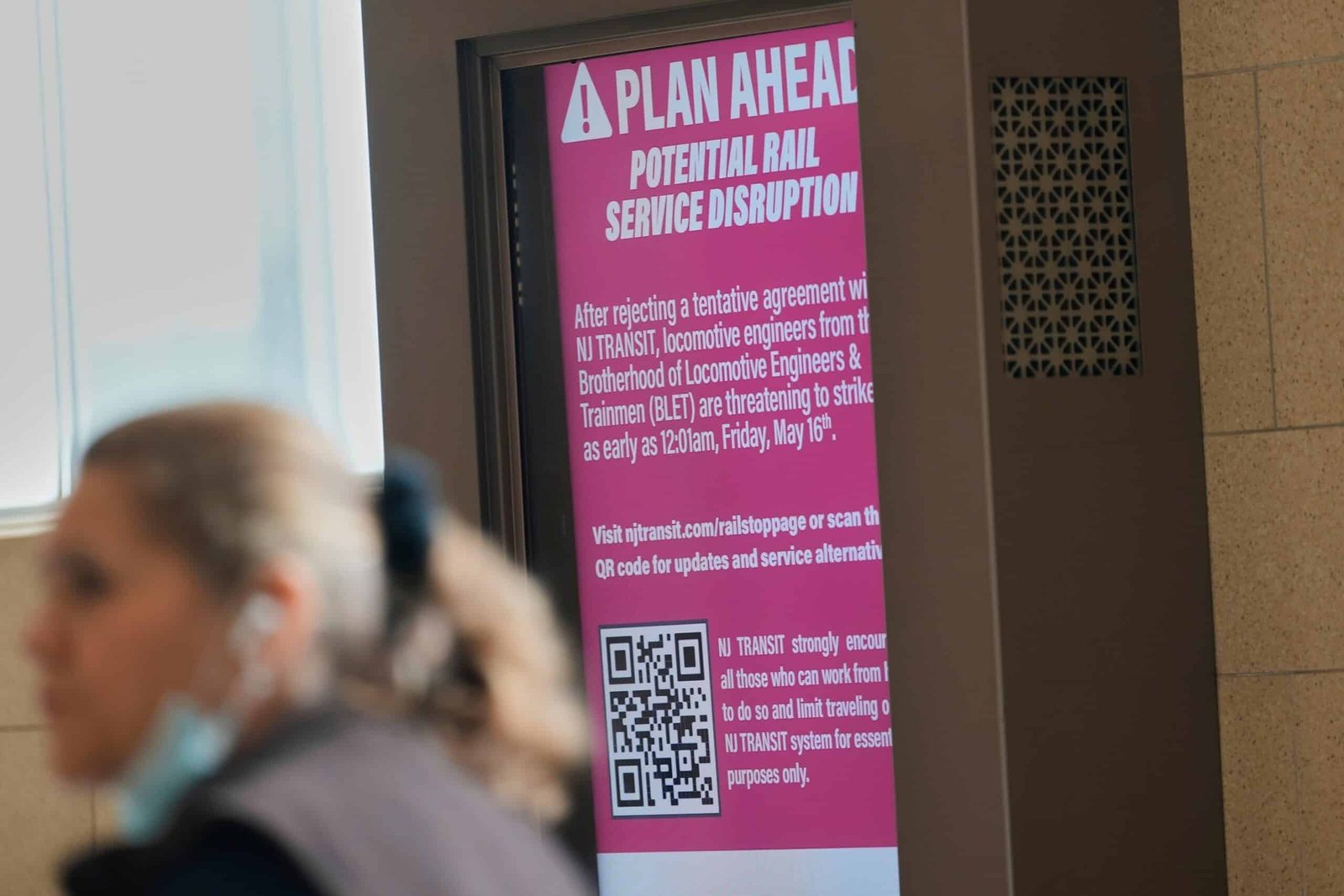Employing it is expected to slow down in June in the middle of Trump’s tariff

The job report that will be released on Thursday will show whether the slowing of the recruitment continues in June because the business passes the uncertainty about President Donald Trump.
The main steps of the economy have been proven tough in recent months, opposing inflation concerns that rise up and the possibility of economic decline. Recruitment has maintained a solid speed, although slower, humming together with fewer disturbances than anticipated by several economists.
Peramal hopes that the United States has added 110,000 jobs in June, which will mark a sustainable growth but a decline from 139,000 jobs added a month earlier. Such performance amounted to downshift from nearly 180,000 jobs created in the previous month.
New data is regulated to arrive less than a week before the deadline set by Trump administration for the completion of dozens of trade agreements with countries that face the threat of what is called “reciprocal rates.”
So far, the White House said that he had reached a trade agreement with Britain and Vietnam, as well as an initial agreement with China.
In recent weeks, Trump has played back some of the most steep tariffs. Another collection of tariffs stands in the legal limbo after a pair of federal court decisions in May, although levies remain for now.
The price is slightly accelerated in May, the last month the data is available, but inflation remains close to the lowest level since 2021.
However, warning signs indicate the possibility of price increases over the next few months. National retailers such as Walmart and Best Buy have voiced concerns about the possibility they can increase prices as a result of levies.
The Fed holds a benchmark interest rate stable last month, continuing the waiting-and-see-see approach adopted by the central bank in recent months because of observing the potential effects of Trump’s tariff policy. Four meetings and six months have passed since the Fed was last adjusted to interest rates.

People eat at Mexican restaurants in Los Angeles, June 17, 2025.
Olivars/Reuters pillars
The Fed is guided by a double mandate to maintain inflation under control and maximize work. In theory, decline in interest rates can help stimulate economic activity and improve work, especially while inflation remains low.
Powell, in recent months, has warned about the possibility that tariffs can cause what economists are called “stagflation,” which is when inflation rises and the economy is slowing down.
Stagflation can place the central bank in a difficult position. If the Fed raises interest rates as a means to protect against inflation that is induced by tariffs under such scenarios, it is at risk of holding loans and slowing down the economy further.
On the other hand, if Fed decreases the level to stimulate the economy in dealing with potential slowdown, it threatens to increase expenditure and worsen inflation.
On Tuesday, Powell seemed to signal the openness to cut interest rates this month.
When asked about the possibility of slaughtering interest rates at the upcoming Fed meeting, Powell said, “I will not take any meeting from the table or put it on the table. It depends on how the data develops.”
Powell stressed that the majority of Fed Policy Board members supported the additional interest of this year. The central bank will hold four tariff determination meetings during the remaining 2025, and the first will occur on 29 and 30 July.
“The majority of us feel that it will be right in the four remaining arrangements this year to start reducing interest rates again,” Powell told the audience at the European Central Bank forum in Sintra, Portugal.






